For Education Leaders
Get proven strategies and expert analysis from the host of the Learning Can't Wait podcast, delivered straight to your inbox.
Virtual Staffing
Fill Teacher Vacancies in Days
- State-certified experts averaging 15+ years experience
- Fully aligned to your curriculum & standards
- Scalable, cost-effective hybrid solutions
Online Occupational Therapy: Virtual Services for Schools

Online occupational therapy for schools is not just a temporary fix but a strategic solution to these challenges. Technology enables engaging, effective therapy sessions that meet compliance standards while overcoming geographical and staffing barriers. Virtual OT services have evolved from an emergency alternative to a mainstream option that many districts are adopting as part of their permanent service model.
This guide will equip school leaders with the knowledge needed to understand virtual OT, explore its benefits, address common concerns, and select the right teletherapy partner. Whether you're considering online therapy services for the first time or looking to optimize your current approach, this resource will help you implement a successful program that enhances student outcomes while supporting your district's goals.
What is Online Occupational Therapy?
Virtual occupational therapy, or OT teletherapy, refers to delivering occupational therapy services through secure videoconferencing technology. In a school setting, state-licensed OTs work with students remotely using specialized platforms. These professionals have the same credentials and follow the same evidence-based practices as in-person therapists; the only difference is the delivery medium.
Traditional therapy occurs face-to-face in a physical space, while online therapy uses digital tools to achieve the same goals. The fundamental elements of occupational therapy, comprehensive assessment, targeted intervention, collaborative consultation, and regular progress monitoring, remain unchanged. The therapeutic relationship between student and therapist is the cornerstone of effective intervention, adapted to a virtual environment.
What Does a Virtual OT Session Look Like?
- Technology: Sessions occur on secure, HIPAA-compliant, and FERPA-compliant telehealth platforms with high-quality audio and video.
- Interaction: The occupational therapist guides students through therapeutic activities using interactive tools, digital manipulatives, screen sharing, and collaborative digital workspaces.
- Activities: OTs adapt traditional interventions for the virtual environment. Students practice fine motor skills using a stylus on a tablet, engage with digital puzzles for visual-motor integration, or learn sensory regulation strategies for their actual classroom.
- Collaboration: Virtual OTs regularly communicate with teachers, paraprofessionals, and parents to provide training, share strategies, and ensure skill carryover into daily activities.
- Materials: Sessions use everyday objects from the classroom or home, making therapy practical and immediately applicable to the student's environment.
The Benefits of Virtual OT for Schools and Students
Implementing online occupational therapy isn't just about finding a workaround for staffing issues. It's about embracing a solution that offers distinct advantages for schools, therapists, and students. The benefits extend beyond convenience to address core administrative, financial, and instructional challenges facing today's schools.
Solving Staffing and Accessibility Gaps
- Expanded Talent Pool: Online delivery removes geographic limitations when hiring occupational therapists for schools. Districts can connect with qualified professionals from across the state or country, a valuable advantage for rural or underserved areas with scarce local specialists.
- Consistent Service Delivery: Virtual therapy reduces disruptions from therapist absences, turnover, or vacancies. Students receive uninterrupted services, maintaining their therapeutic progress.
- Rapid Response to Needs: New referrals can be addressed promptly without waiting for local therapist availability, reducing service implementation delays.
- Support for Specialized Populations: Virtual OT provides continuity of care for homebound students unable to attend school due to medical conditions. This ensures they receive required services without interruption.
Financial and Operational Efficiency
- Cost-Effectiveness: Many districts report substantial cost savings with virtual therapy models through reduced travel expenses, optimized scheduling, and lower per-hour rates compared to local agencies during therapist shortages.
- Scheduling Optimization: Without travel time between schools, therapists can serve more students daily. This maximizes their productivity and availability for direct services.
- Streamlined Administration: Partnering with a virtual provider includes benefits like documentation support, scheduling assistance, and billing management. This reduces administrative burdens on school staff.
- Reduced Recruitment Costs: When utilizing a stable virtual therapy provider, schools can eliminate ongoing recruitment expenses and costs associated with frequent staff turnover.
Enhancing Student Engagement and Outcomes
- Digital Native Appeal: Today's tech-fluent students are engaged by digital platforms. Many children view therapy on a screen as motivating and game-like, which increases their participation and effort.
- Personalized Learning Environment: The virtual format allows for customized visual supports, immediate feedback, and digital adaptations tailored to each student's learning style and needs.
- Real-World Context Application: Virtual OTs observe students in their actual learning environments (classroom or home), allowing for relevant interventions that address functioning where skills are needed.
- Increased Parent Involvement: The virtual format often facilitates greater parent participation in therapy sessions, particularly for home-based sessions. This enhances skill carryover and family understanding of therapeutic goals.
Key Considerations and How to Address Them
While the benefits of OT teletherapy for students are substantial, successful implementation requires careful planning. Understanding potential challenges upfront allows schools to develop effective strategies for a smooth transition to virtual services.
Technology and Equity
The Challenge: Not all students have equal access to reliable internet or appropriate devices, creating barriers to service delivery.
The Solution: Schools can address technology gaps by:
- Designating dedicated therapy spaces in the school with appropriate technology and connectivity.
- Using existing computer labs or creating "teletherapy stations" in resource rooms
- Providing technical support personnel to troubleshoot issues
- Working with therapy providers offering flexible platform options for various devices and bandwidth.
Before starting services, effective virtual OT providers will conduct a technology assessment and help develop solutions for any infrastructure gaps.
Student Suitability
The Challenge: Determining which students will benefit most from virtual therapy versus those needing in-person services.
The IEP team should make the decision collaboratively:
- Consider the student's attention span, cognitive abilities, and therapy goals.
- *Online therapy for students with disabilities*can be effective for children, including those with attention challenges, when properly structured.
- When appropriate, implement a hybrid model that combines virtual sessions with periodic in-person visits.
- Start with a trial period to evaluate effectiveness before making long-term decisions.
Research from the American Occupational Therapy Association (AOTA) indicates that telehealth services can be effective across diverse populations when matched to student needs.
Ensuring Hands-On Support
The Challenge: Some OT interventions traditionally involve physical guidance or hands-on facilitation, which cannot be provided directly in a virtual format.
The Solution: Successful virtual OT programs use a "coaching model" where:
- An on-site facilitator (teacher, paraprofessional, or parent) is present during sessions to provide physical assistance as directed by the therapist.
- The OT provides clear, specific verbal and visual instructions for facilitation techniques.
- Regular training sessions build staff capacity to support therapy goals throughout the week.
- Video demonstrations and recorded guides supplement live sessions to support proper technique.
This collaborative approach often increases skill carryover, as the adults in the student's daily environment become more knowledgeable about therapeutic techniques.
How to Choose the Right Virtual Occupational Therapy Partner
The success of a virtual OT program hinges on selecting the right provider. The ideal partner will function as a seamless extension of your special education team, not merely as a vendor. This decision impacts service quality, regulatory compliance, and student outcomes.
When evaluating potential virtual therapy partners, consider these essential criteria:
- Qualified and Vetted Therapists: Ensure the provider employs state-licensed OTs with training in school-based teletherapy. Ask about their recruitment standards, background check processes, and experience requirements. The best providers maintain a rigorous vetting process and provide specialized training in virtual service delivery.
- Comprehensive IEP Support: Look beyond basic therapy sessions to the full scope of IEP-related services. Does the provider assist with assessments, progress monitoring, and documentation? Do their therapists participate in IEP meetings and collaborate with the educational team? Superior providers will ensure IEP fulfillment through comprehensive support of the special education process.
- Technology Platform and Support: Evaluate the provider's platform for security, ease of use, and engagement features. The system must be fully HIPAA and FERPA compliant while offering interactive therapy tools. Robust technical support should be available for school staff and families to ensure seamless service delivery.
- Collaborative Approach: The best providers emphasize communication between their therapists and school personnel. Look for structured collaboration systems, regular progress updates, and a willingness to adapt to your district's needs and communication preferences.
- Expertise and Results: Request case studies, testimonials from similar districts, and data on student progress and outcomes. Experienced providers must demonstrate their effectiveness and share successful implementations in comparable school settings.
- Onboarding and Training: Ask about the provider's process for transitioning to virtual services. The best partners offer comprehensive training for school staff, detailed implementation plans, and ongoing support for smooth adoption.
Finding a partner that meets all these criteria is key to a seamless transition to virtual services. For over 600 school districts, Fullmind has become that trusted partner. Since 2014, Fullmind has provided live, certified educators and specializes in filling critical roles with highly qualified professionals, including occupational therapists. Our approach is based on providing customized virtual staffing solutions that integrate with your district's needs, ensuring staffing and partnership in achieving student goals and maintaining IEP compliance.
Conclusion
Online occupational therapy for schools has evolved from an emergency alternative to a strategic solution for districts facing staffing challenges, budget constraints, and the mandate to provide high-quality services to all students. Research shows that when implemented thoughtfully, virtual therapy services can be as effective as traditional models while offering advantages in accessibility, consistency, and engagement.
By embracing this innovative approach and partnering with experienced providers, school leaders can ensure every student receives the therapeutic support they need, regardless of geographic or staffing limitations. As education evolves in our digital world, virtual occupational therapy represents not just an adaptation to current challenges, but a forward-thinking investment in a more flexible, resilient, and responsive educational ecosystem. The future of student support services is here and it's accessible from anywhere.
For Education Leaders
Get proven strategies and expert analysis from the host of the Learning Can't Wait podcast, delivered straight to your inbox.
Let’s Work Together
We’ll review your application and get in touch!




.webp)

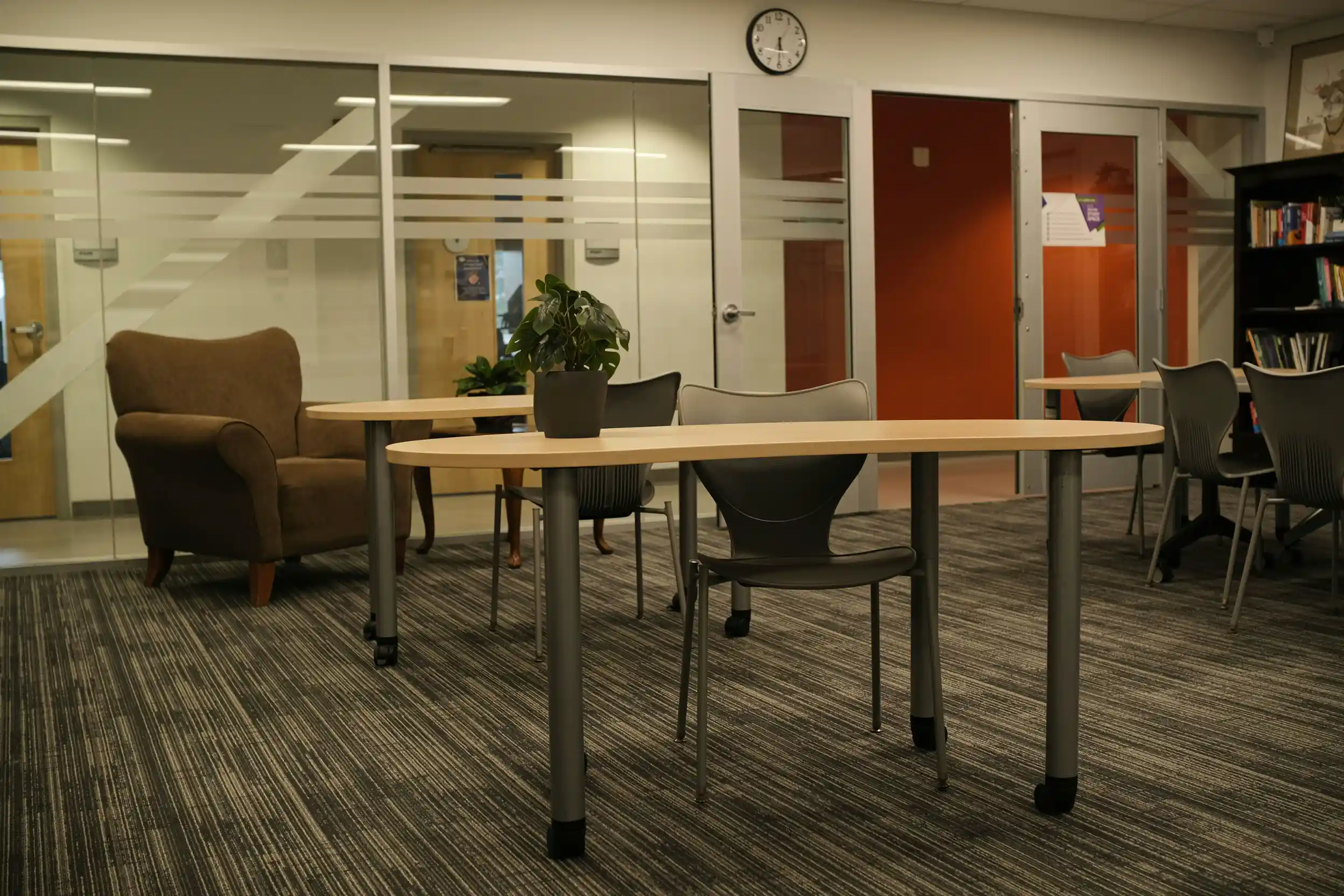
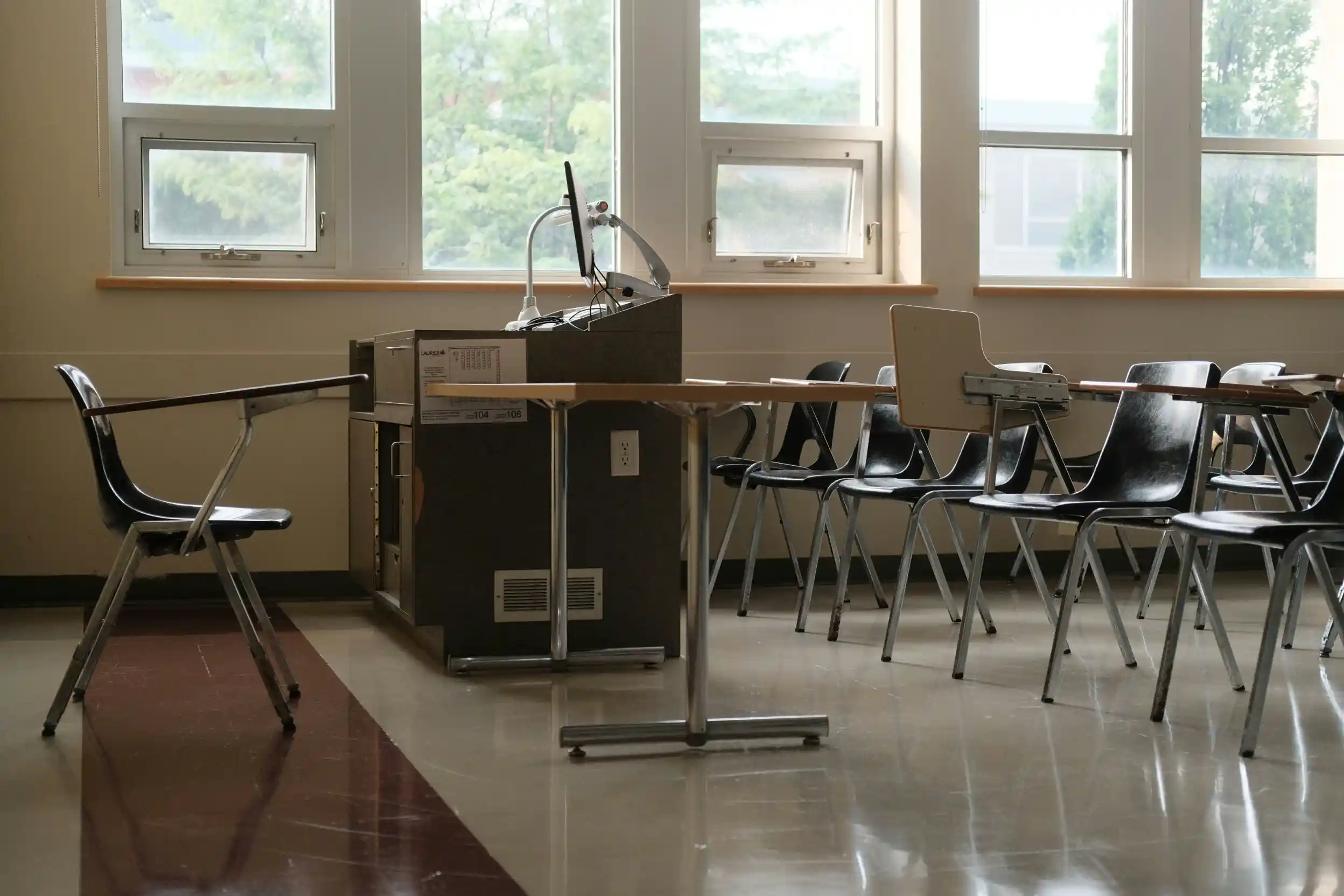










.webp)















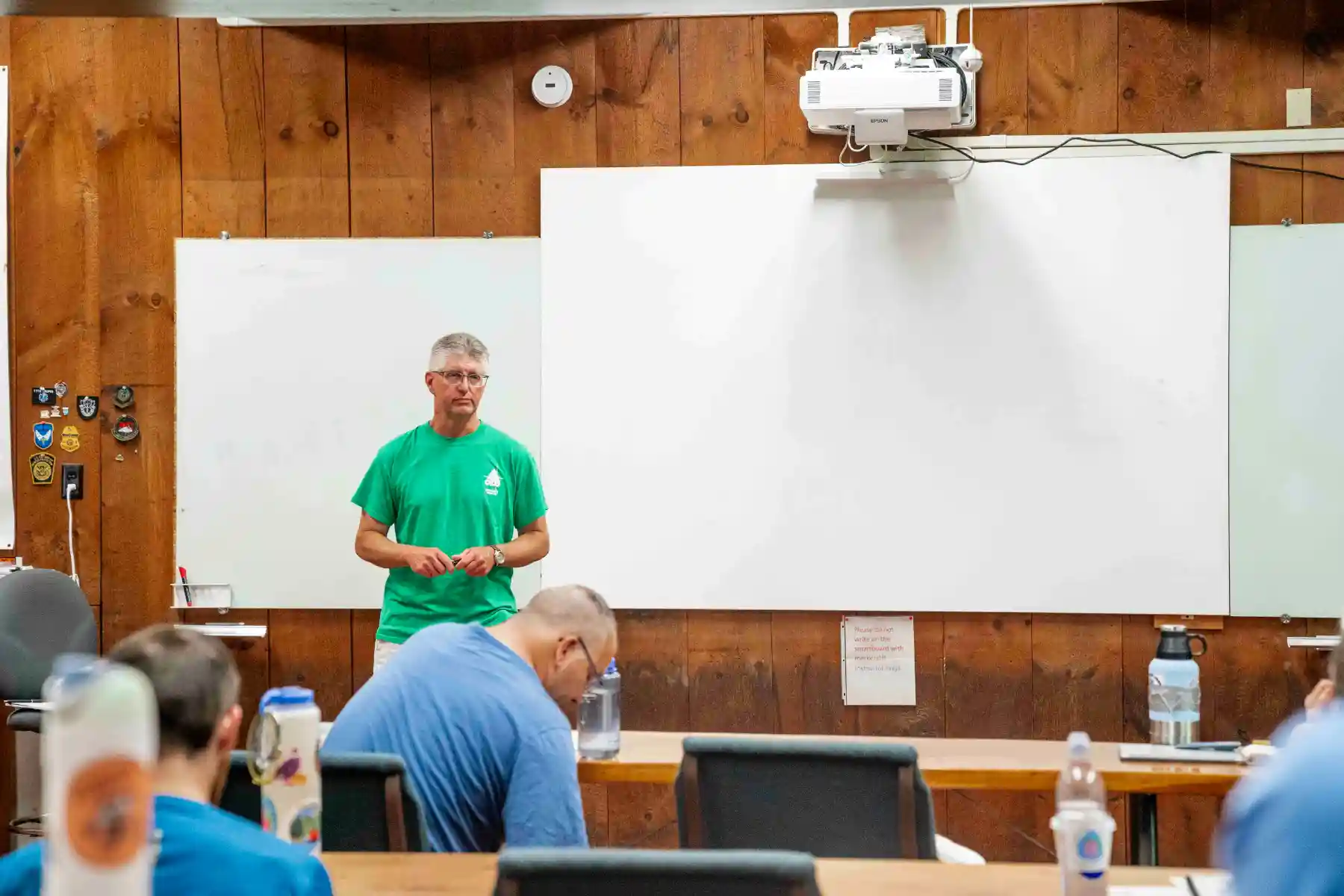











.webp)


%20.webp)






















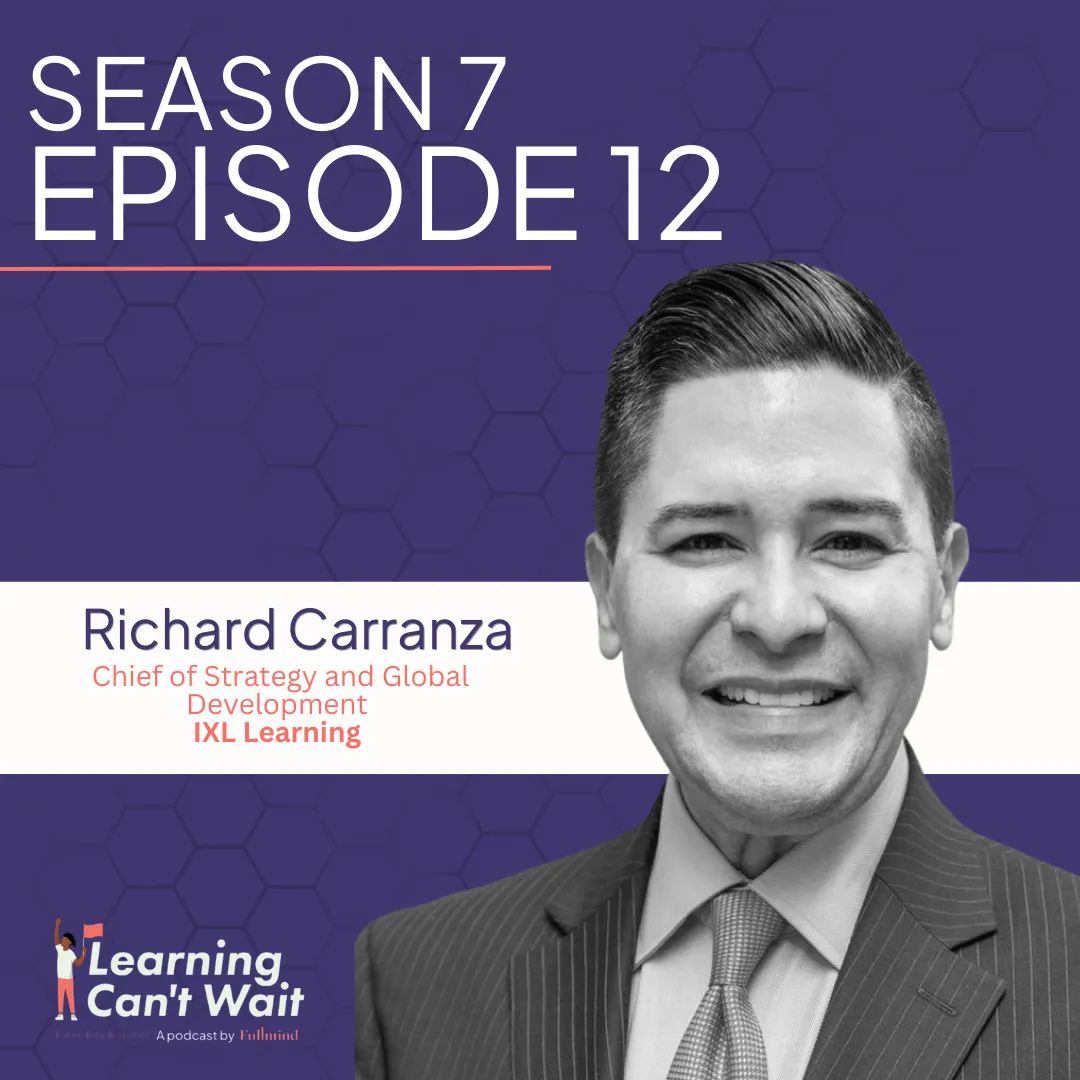







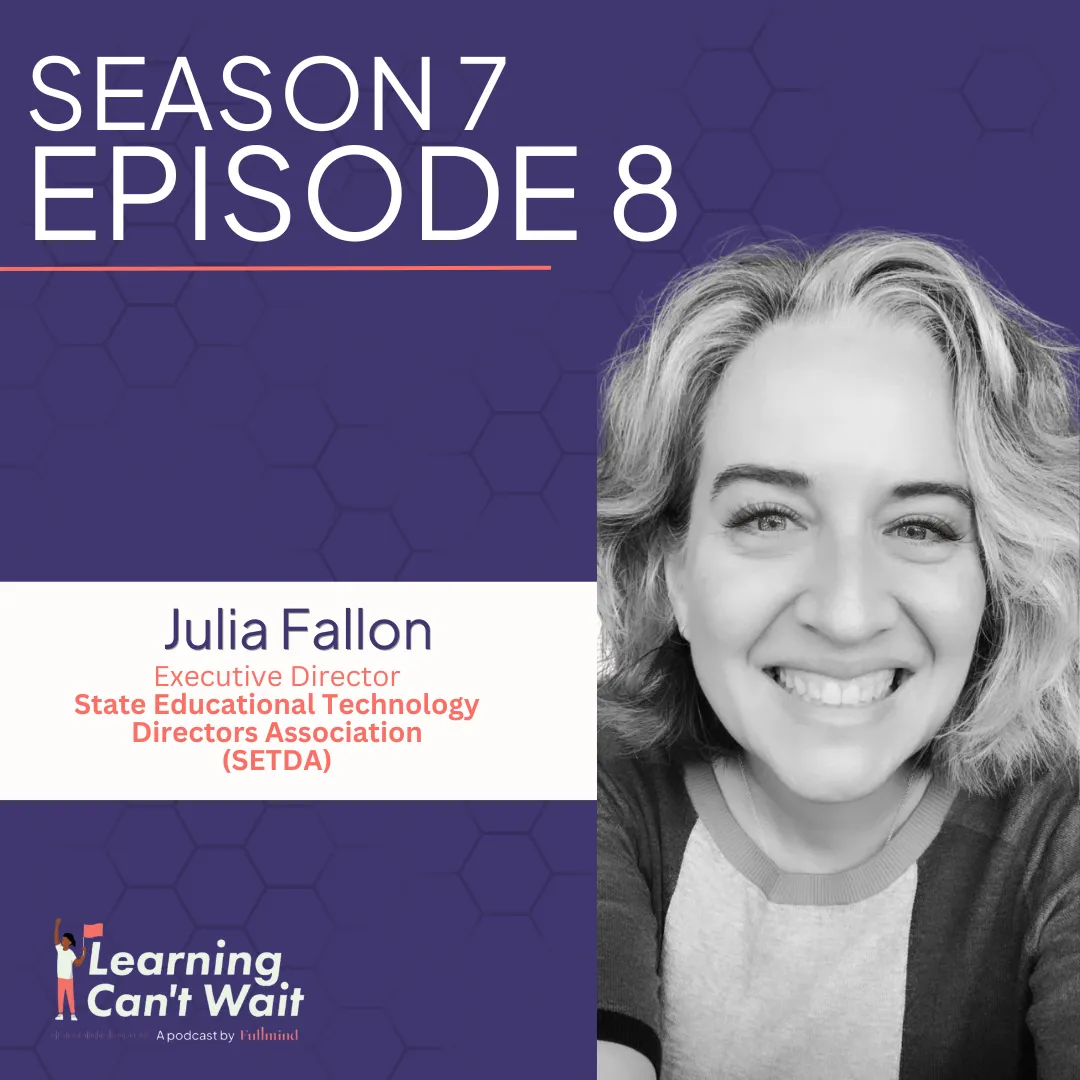




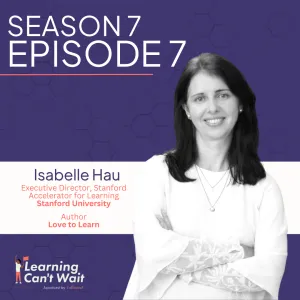

.webp)




.webp)


.webp)


.webp)
